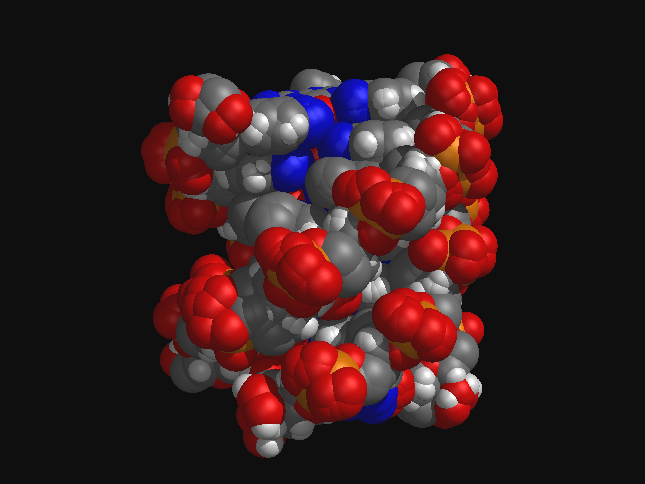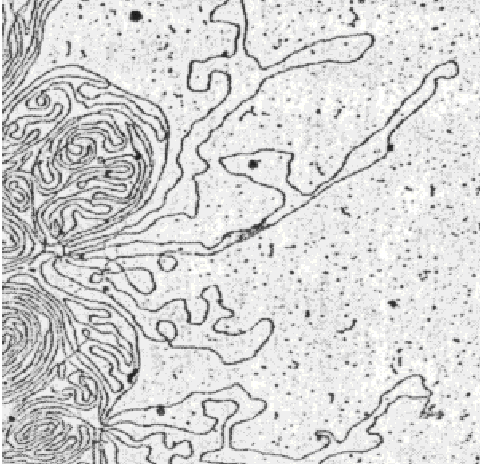|
Biology
426 and 426L, Molecular Biology |
|
David
Marcey, ASCI 206 (lab) e-mail: marcey@clunet.edu |
||
Office Hours: M, 10-11AM; T 10-11AM; or by appointment |
||
Required
Texts: Required
Videos: Required
hardware: Supplemental
Learning Material: About
the course: In terms of CLU Student Learning Outcomes, this class will help you develop critical thinking skills through learning concepts described above. Your ability to comprehend disciplinary perspectives will also be improved (see above). Computational skills will also be developed through in in silico bioinformatic applications, web page development, the use of molecular visualization software, and 3-D rapid prototyping. Grading: 300 points, exams. There will be two mid-term exams. Each will be worth 150 points. There will be no final exam. Exams will be graded on a curve, with the mean being assigned a B-, 1 standard deviation unit above the mean being an A-, and 1 standard deviation unit below the mean being assigned a C-. Each exam will cover material from lab and lecture days from the last test (or beginning of the class for exam I) up until the class before the exam. 100 points, Macromolecular Tutorial Project using Jmol - see Macromolecular Projects Page 100 points, Macromolecular Physical Model Project (3-D printing of macromolecule using a rapid-prototyping printer) - see Macromolecular Projects Page 100 points Class participation, including participation in active learning and participation in class discussions/presentations. 600 points total Academic
Honesty: Note
on Learning Disabilities: |
BIOL 426 Course Schedule - Spring 2015

